I am using AngularJS' $resource directive to implement a REST interface on the client side. The server side's implementation works flawlessly. However, on the client side I am stuck. On the data side I have a materials model which holds an array of materials. Each material has an id property. The materials are displayed in a list with a delete button next to each one.
This is my JavaScript code for the deletion of a material:
var mainApp = angular.module('main', [ 'ngResource' ]);
mainApp.controller('materialController', function($scope, $resource) {
var materialIO = $resource('/materials' + "/:id");
$scope.del = function(material) {
materialIO.remove({id:material.id}, {}, function(deletedId) {
console.log(deletedId);
});
};
}
The server's response for a deletion request contains either the id (i.e. a number) of the deleted material or -1 if the material does not exist. However, AngularJS fills deletedId with a Resource object instead. This object contains a seemingly endless Resource-Promise chain:
